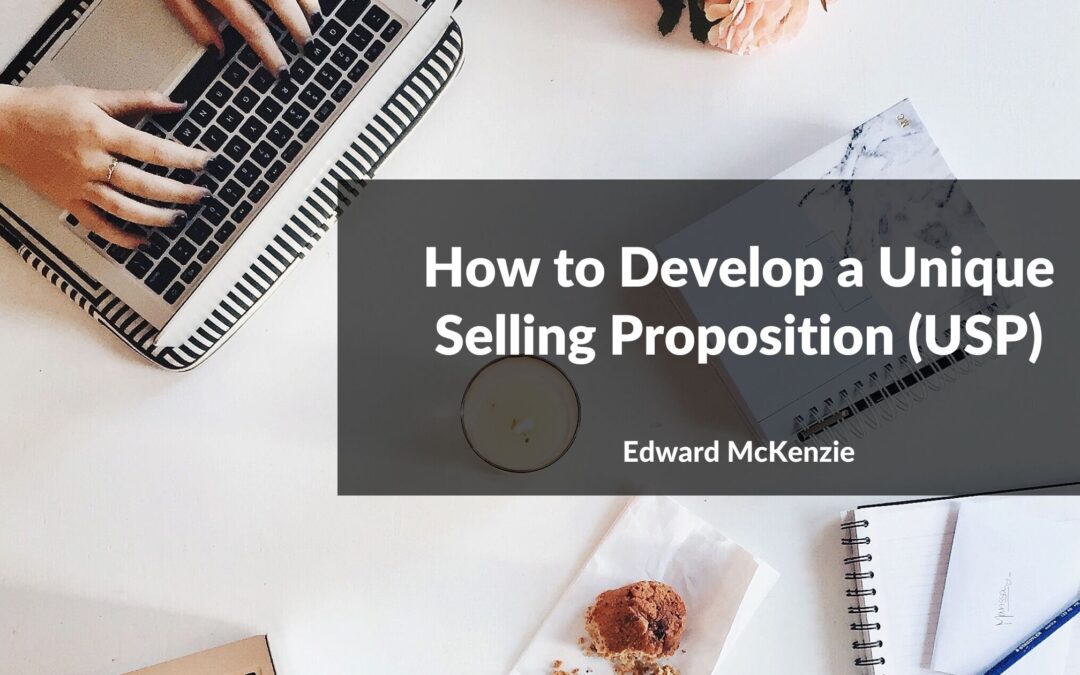In today’s crowded marketplace, having a compelling Unique Selling Proposition (USP) is crucial for any business looking to stand out from the competition. A USP communicates the unique benefits of your product or service, demonstrating why customers should choose you over your competitors. Here’s a step-by-step guide on how to develop a compelling USP.
Understand Your Target Audience
The first step in developing a USP is to understand your target audience. Conduct market research to determine their needs, preferences, pain points, and buying behaviors. Use surveys, focus groups, and interviews to collect data. Understanding your audience helps you tailor your message to their needs and desires.
Analyze Your Competitors
Next, analyze your competitors to identify what they are offering and how they are positioning themselves in the market. Look at their marketing messages, strengths, and weaknesses. This analysis will help you find gaps in the market that your USP can fill. It’s essential to ensure that your USP is truly unique and not just a rephrasing of a competitor’s proposition.
Identify Your Strengths
Reflect on what your business does exceptionally well. This could be anything from superior customer service, innovative features, high-quality products, or a unique production process. List all the qualities that set your business apart. Your strengths should align with the needs and desires of your target audience.
Define the Unique Benefits
Once you have identified your strengths, translate them into specific customer benefits. Instead of simply stating that your product is high-quality, explain how it will improve the customer’s life or solve their problems. For example, if you offer 24/7 customer support, highlight how this ensures customers can get help whenever needed, providing peace of mind.
Craft a Clear and Concise Message
Your USP should be a clear and concise statement that communicates your unique benefits to your target audience. It should be easy to understand and memorable. A good USP answers the question, “Why should I choose your product over others?” For example, FedEx’s classic USP, “When it absolutely, positively has to be there overnight,” clearly conveys reliability and speed.
Test Your USP
Before rolling out your USP in your marketing campaigns, test it with a segment of your target audience. Gather feedback to ensure that your message resonates and is compelling. Make adjustments based on the feedback to refine your USP.
Integrate Your USP into Your Marketing Strategy
Once you have finalized your USP, integrate it into all aspects of your marketing strategy. Your USP should be prominently featured on your website, in your advertising, social media, and any other customer touchpoints. Consistent use of your USP helps reinforce your brand’s unique value proposition in the minds of your customers.
Case Study: Apple
Apple is a prime example of a company with a strong USP. Their USP, focused on innovative design and user-friendly technology, is consistently communicated across all their marketing materials. The phrase “Think Different” encapsulates their commitment to innovation and excellence, setting them apart from competitors and resonating deeply with their target audience.
Continuously Evaluate and Refine
The market and customer preferences are constantly evolving, so it’s important to evaluate and refine your USP regularly. Stay informed about industry trends, gather ongoing customer feedback, and be prepared to adjust your USP to stay relevant and competitive.
Conclusion
Developing a Unique Selling Proposition (USP) is essential to building a successful business. By understanding your target audience, analyzing your competitors, identifying your strengths, and communicating the unique benefits of your product or service, you can create a compelling USP that sets you apart from the competition. Remember to test, integrate, and continuously refine your USP to ensure it effectively attracts and retains customers.

